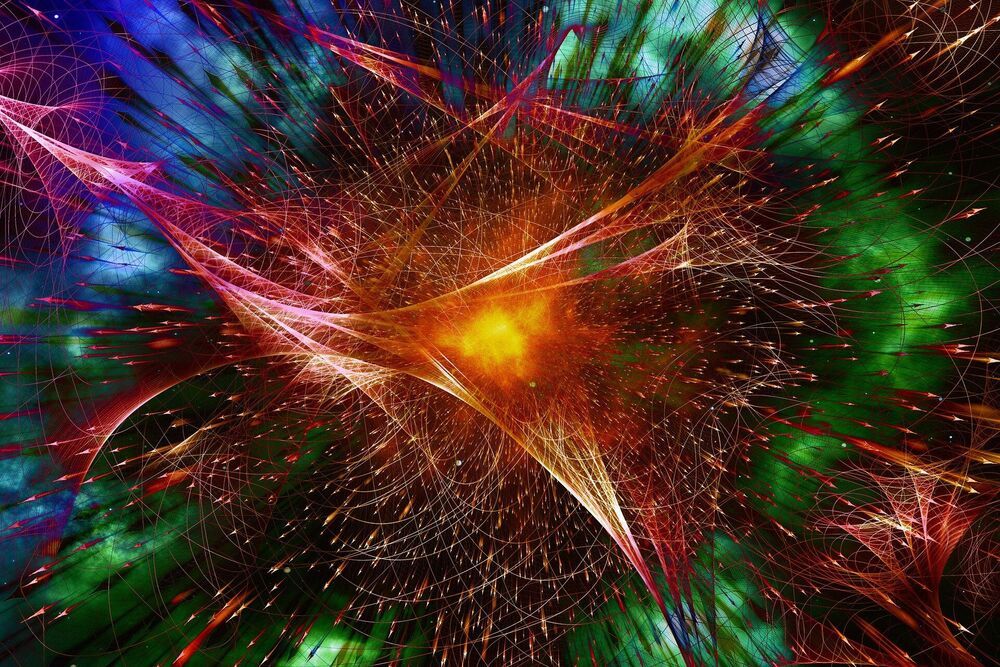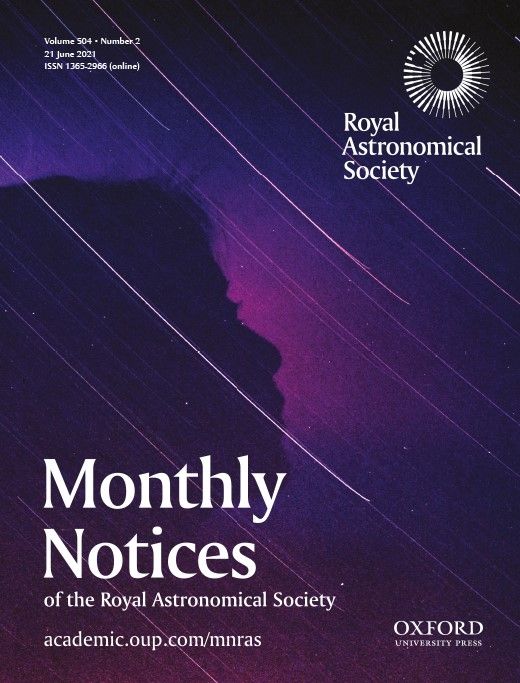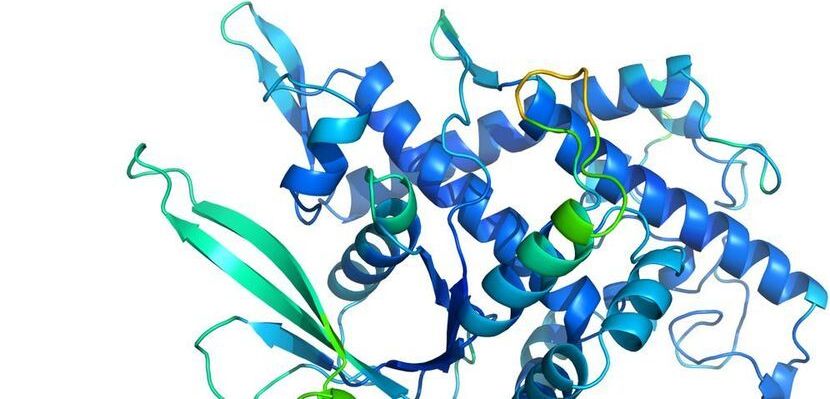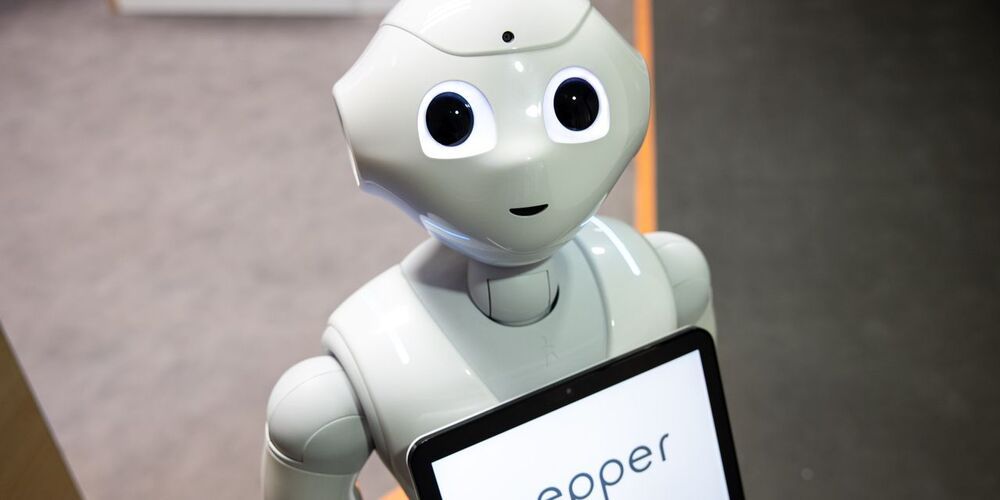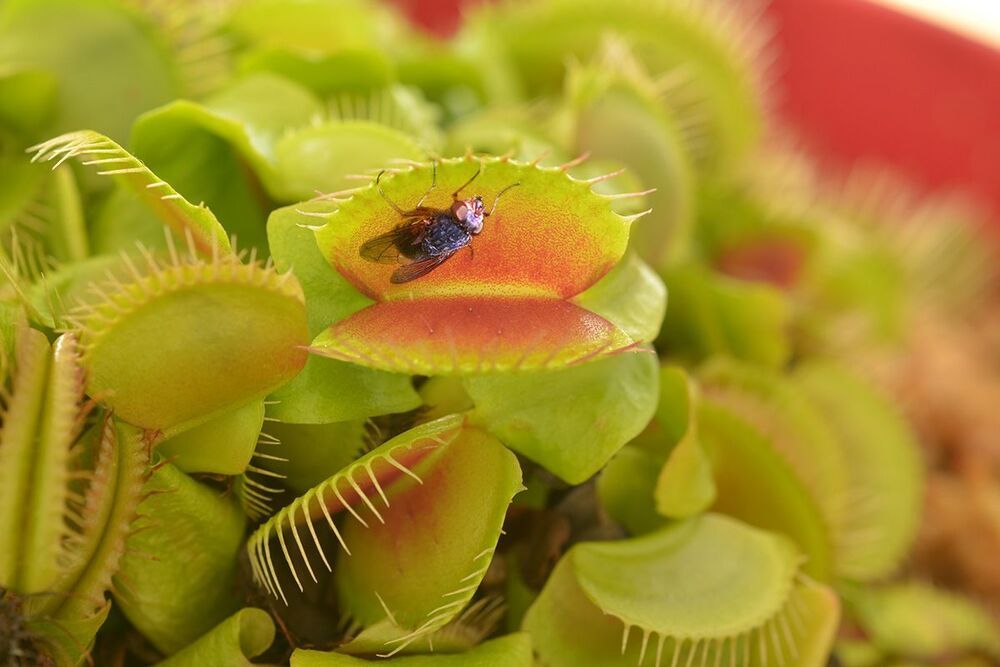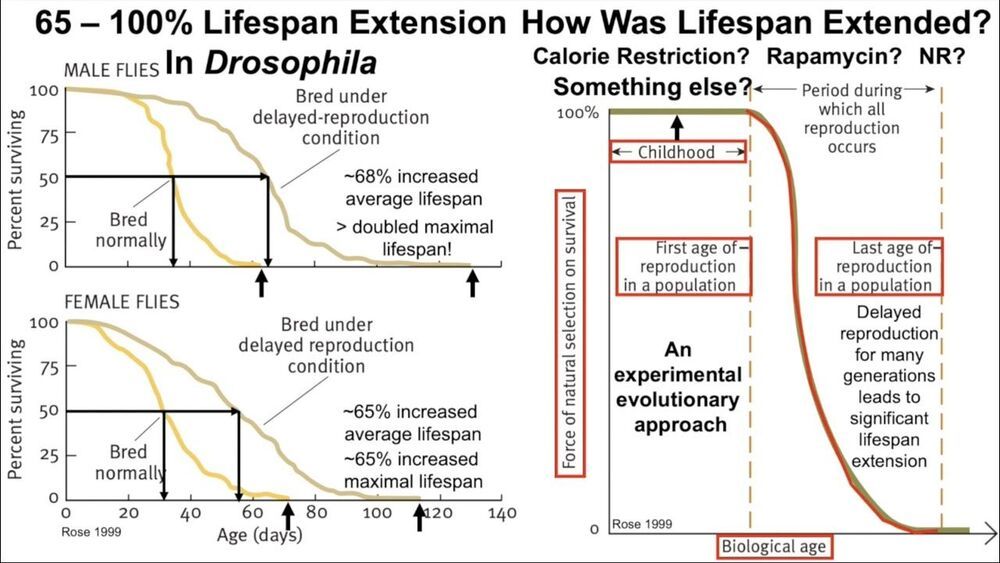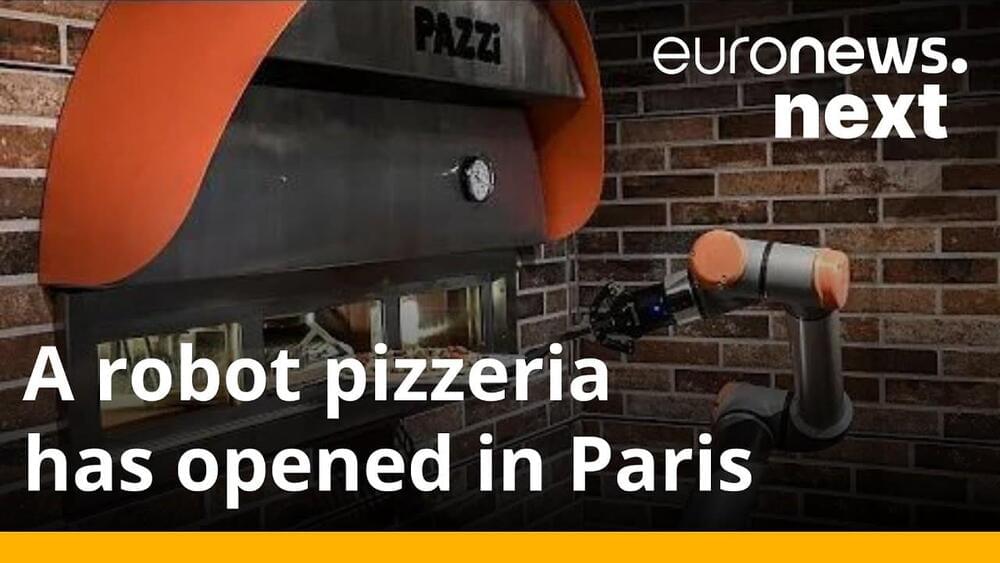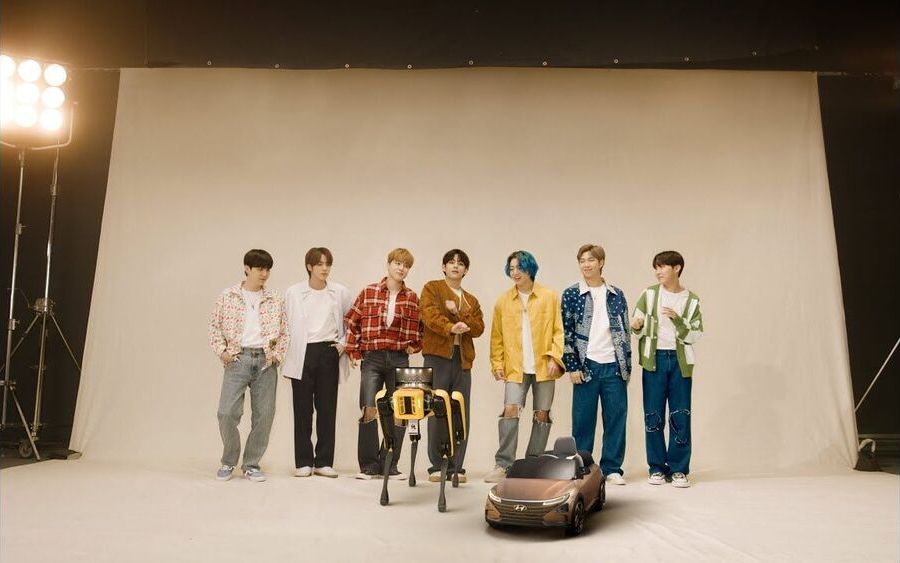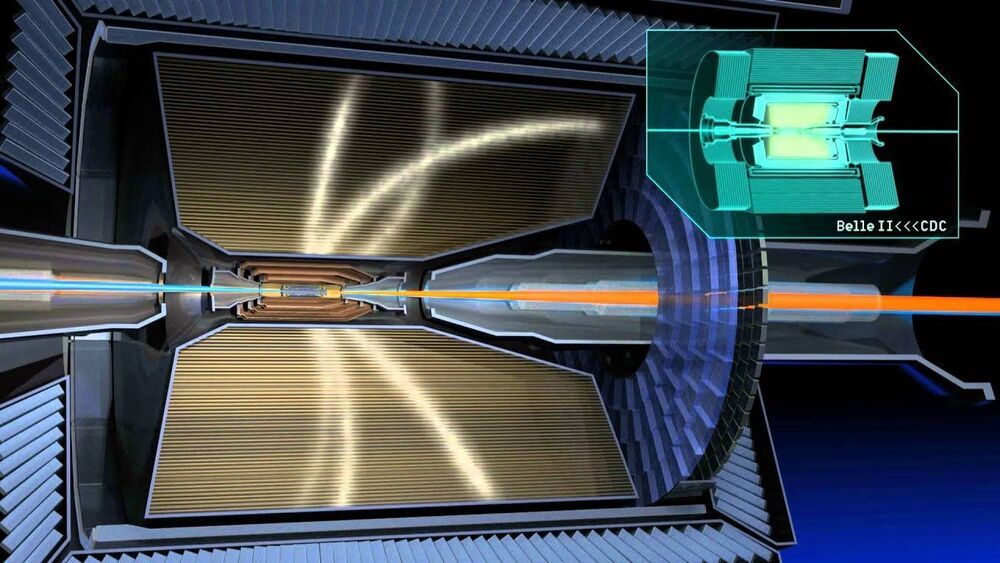The Google Quantum AI team has found that adding logical qubits to the company’s quantum computer reduced the logical qubit error rate exponentially. In their paper published in the journal Nature, the group describes their work with logical qubits as an error correction technique and outline what they have learned so far.
One of the hurdles standing in the way of the creation of usable quantum computers is figuring out how to either prevent errors from occurring or fixing them before they are used as part of a computation. On traditional computers, the problem is mostly solved by adding a parity bit—but that approach will not work with quantum computers because of the different nature of qubits—attempts to measure them destroy the data. Prior research has suggested that one possible solution to the problem is to group qubits into clusters called logical qubits. In this new effort, the team at AI Quantum has tested this idea on Google’s Sycamore quantum computer.
Sycamore works with 54 physical qubits, in their work, the researchers created logical qubits of different sizes ranging from five to 21 qubits to see how each would work. In so doing, they found that adding qubits reduced error rates exponentially. They were able to measure the extra qubits in a way that did not involve collapsing their state, but that still provided enough information for them to be used for computations.
